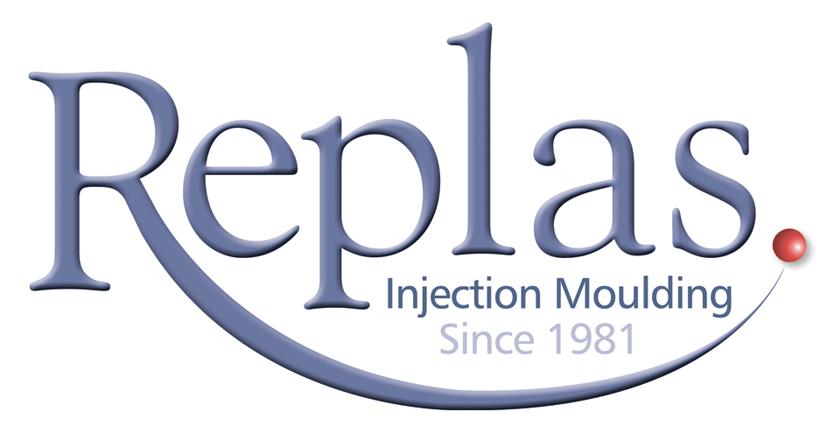Injection moulding - the process
How does injection moulding actually work?
24 Feb 2020
Injection moulding is one of the key processes for producing plastic components, fast. It can be used to produce vast quantities of identical items, with the utmost precision. From micro parts to larger items, nearly all sectors of manufacturing use injection moulded parts - but how does it actually work?
Replas is a complete plastic moulding injection company, and has over 30 years’ experience and expertise in this field.

Firstly, a mould for the component is needed. Once a product has been designed, a toolmaker will make a metal mould which is precision-machined to form the exact features of the desired component. The mould must be carefully designed to facilitate the moulding process, dimensional tolerances and ensure consistency and repeatability.
To meet performance requirements, the correct thermoplastic needs to be selected. There is a wide range available, and we will always advise on the best one for your specific needs, but the most common thermoplastics are ABS (Acrylonitrile-Butadiene-Styrene), Polycarbonate PC, Polycarbonate PP, and Nylon PA.
Finally, the correct injection moulding machine needs to be used. Replas has an impressive range of machines from 25 to 380 tonnes, allowing products up to 1.1kg to be produced. Once we have selected the most appropriate machine for your needs, the plastic granules are heated and then injected under pressure into the mould cavity. The molten plastic then cools and hardens to the configuration of the mould cavity. Once cooled and solidified, the mould is opened and the part is ejected out. The process is then repeated for multiple parts.
For further information, please visit our page on Injection Moulding or contact us on 01992 553126 or email replas@replasmachinery.co.uk

